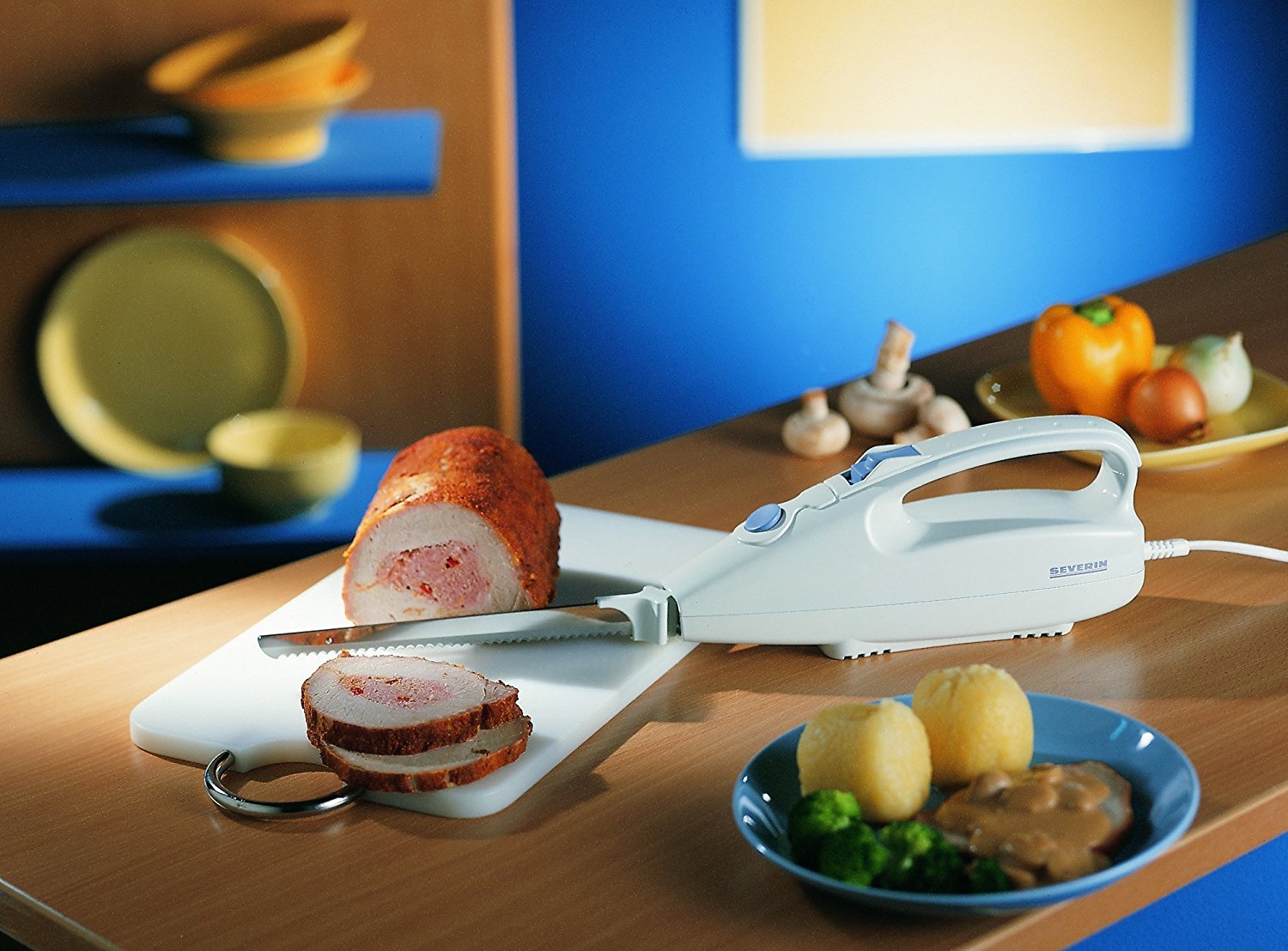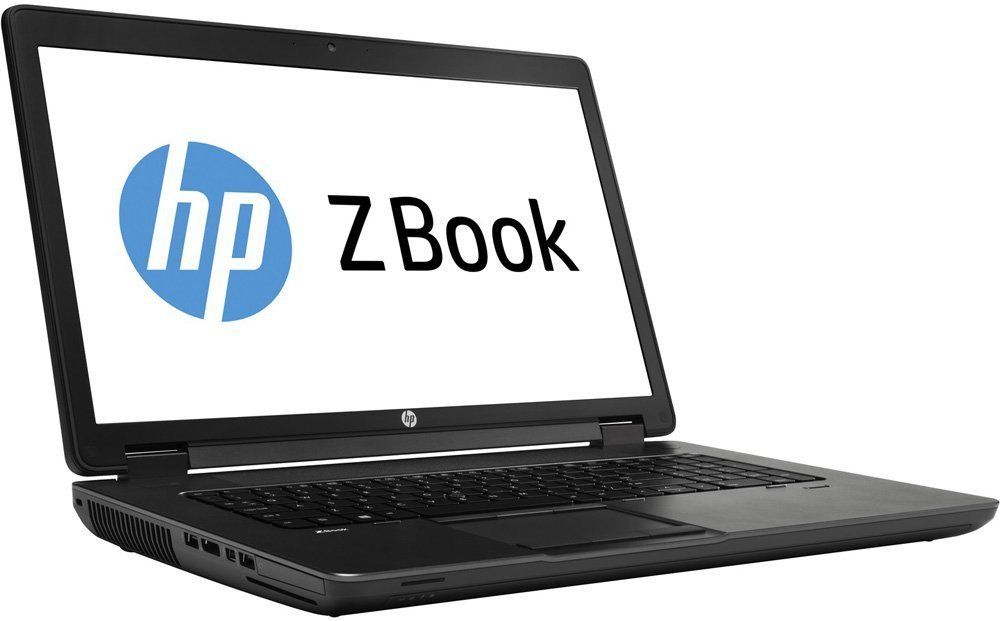Xiaomi Poco M2 Pro smartphone review: crisis version

On July 7, 2020, the Chinese brand Xiaomi introduced another high-profile novelty. The Xiaomi Poco M2 Pro Xiaomi smartphone is a synthesis of beautiful cladding and powerful hardware. The developers have not forgotten either about the impressive screen or about high-quality materials. The smartphone even got its own “zest”. Squeezing out competitors in the Indian market, it is an exact copy of the Xiaomi Redmi Note 9 Pro model, and this is no small advantage!
Is the new one worth $170? Now let's check!
Content
History of a small company

It seemed quite recently an unknown company, which was distorted by either Shaomi or Xiaomi, appeared on the shelves and immediately captured the ratings. Budget, and most importantly, not inferior in aesthetic terms to Apple or Samsung, smartphones flaunted in the hands of every third.However, after 5 years, Xiaomi has grown to such a size that it has already become an "airfield" for young companies.
Here lies the clue to the name - Xiaomi Poco M2 Pro. In 2018, the Poco organization was listed as a sub-brand of Xiaomi and worked with low-cost phones within the Asian market. The Pocophone F1 experiment, which had support for Snapdragon 845 and fast charging, ended in success. Therefore, already in 2020, they announced their independence, and the M2 Pro model is designed to become Poco's "golden ticket" to the world of wireless networks. Will not let you down?
Appearance
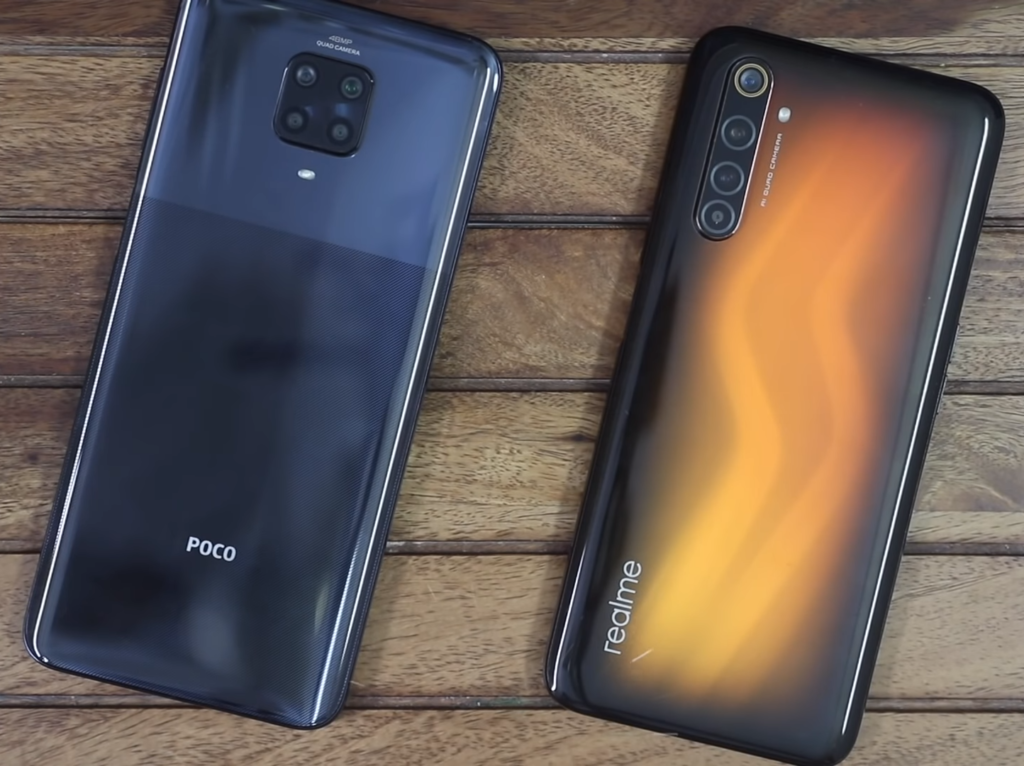
If the name of the Poco brand is consonant with the Spanish word “a little bit / a little”, then it is also impossible to say unequivocally about the model. Its dimensions were 165.8 x 76.7 x 8.8 mm. The smartphone is uncomfortably massive and weighing 209 grams can cause inconvenience for children and teenagers. In this case, you will have to take care of the presence of a cover, large palms and deep pockets, so that the novelty certainly does not slip onto the floor.
Justifying the price of $ 170, Xiaomi Poco M2 Pro is equipped with durable tempered glass on the body and front. Additional protection is provided by Gorilla Glass 5 protection. The side frames, however, are plastic. Therefore, it is on them that the main blow will fall.
Interesting to know! The materials are water repellent.
The design of the model is minimalistic, that's why it's good! It has the usual rectangular shape with slightly rounded edges. The back panel is decorated with a black block of the main cameras in the upper third, as well as an inconspicuous logo at the bottom.
The unlock buttons and volume rocker can be found on the right side face. There's also a fingerprint sensor.The headphone jack has moved to the bottom edge (it's good that it exists at all!). The front of the smartphone is limited to a spherical front camera on the background of a frameless display.
Complete set and colors
Nothing has changed regarding the packaging of Xiaomi products:
- USB cord;
- Adapter for charging;
- Talon and certificates;
- A clip for the sim slot (the slot consists of 3 compartments - Dual SIM, Nano-SIM and SD card);
- Silicone Case.
Compared to the Xiaomi Redmi Note 9 Pro smartphone, the number of colors has not changed. The brand introduced the three most popular shades - black, emerald green and blue. They are less visible dirt and fingerprints, and they will fit perfectly into any image.
Characteristics
| Options | Features Oppo Reno 4 | ||||
|---|---|---|---|---|---|
| Dimensions | 165.8 x 76.7 x 8.8mm | ||||
| The weight | 209 | ||||
| Housing material | Glass body, front glass, plastic sides | ||||
| Screen | Edge-to-edge display with 20:9 aspect ratio | ||||
| Screen diagonal - 6.7 inches, IPS matrix, resolution - FullHD (1080 x 2400 pixels) | |||||
| Capacitive touchscreen with up to 10 simultaneous touches | |||||
| Brightness - 450 nits, protection - Corning Gorilla Glass 5 | |||||
| Color gamut - 16M shades | |||||
| Corning Gorilla Glass | |||||
| Processor (CPU) | Qualcomm Snapdragon 720G 7nm 8 core 64-bit with 2 cores Kryo 475 Gold 2.3 GHz, 6 pcs 1.8 GHz Kryo 465 Silver | ||||
| Graphic accelerator (GPU) | Adreno 618 | ||||
| Operating system | Android 10 with MIUI 11 skin | ||||
| RAM | 4 or 6 GB | ||||
| Built-in memory | 128, 64 GB | ||||
| Memory card support | microSDXC | ||||
| Connection | GSM - 2G | ||||
| UMTS-3G | |||||
| LTE - 4G (800, 850, 900, 1700/2100, 1800) | |||||
| LTE-TDD - 4G, 5G, EDGE, GPRS | |||||
| SIM | dual SIM | ||||
| Wireless interfaces | Dual-band Wi-Fi 802.11 a/b/g/n/ac, dual-band, Wi-Fi Direct, hotspot | ||||
| Bluetooth® V 5.0 | |||||
| Wi-Fi direct technology | |||||
| - | |||||
| Navigation | A-GPS, GLONASS, GALILEO, BDS | ||||
| Main camera | The first module: 48 MP, photomatrix size - 1 / 2.0 ", f / 1.8 aperture | ||||
| Second module: 8 MP, f / 2.2 aperture, ultra-wide 119 degrees. | |||||
| Third module: 5 MP, f/2.4 (macro) | |||||
| Fourth module: 2 MP (frame depth) | |||||
| LED flash | |||||
| Supported formats for video recording: , /60/120fps; gyro-EIS, HDR | |||||
| Front-camera | 16 MP | ||||
| Battery | non-removable 5000 mAh, fast charging 33 volts |
Screen
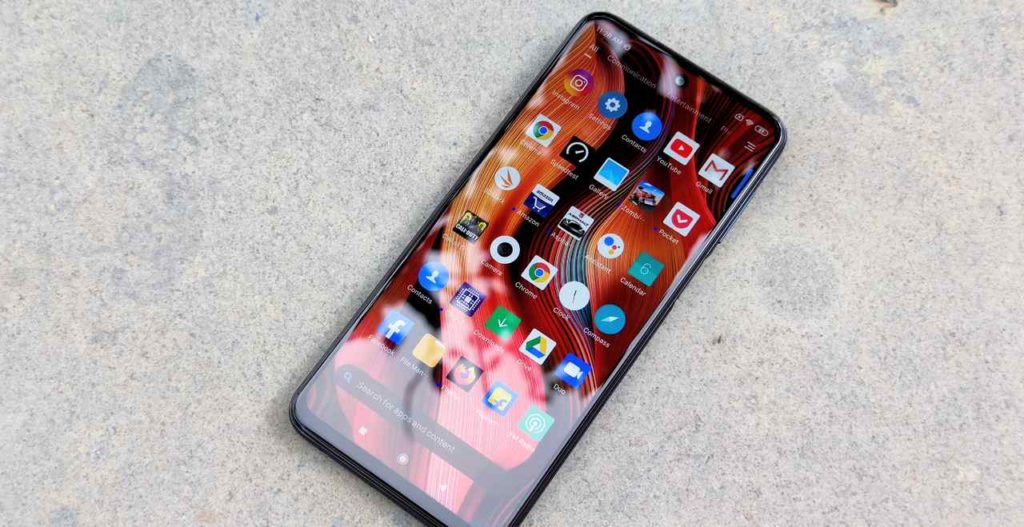
A huge, almost 7-inch display, occupying 84.5% of the total area, has become a real salvation and at the same time a dilemma for the Xiaomi Poco M2 Pro smartphone. On the one hand, the LCD screen has a high resolution of 1080 x 2400 (maximum for phones) with a brightness of 450 nits (or candela). Here gathered a number of benefits for fans of games, movies, and photography. The reverse side is the fast discharge of the device.
Briefly about the pros:
- Saturation setting;
- Smart brightness (instant reaction to changing lighting);
- "Reading" mode, so as not to spoil your eyesight;
- Screen sensitivity control.
The display is based on a budget IPS matrix, which boasts rich colors, brightness, and high tilt angles, but definitely not power consumption. Among the trump cards of the models, there is also a powerful pixel ratio - 395 ppi and a wide range of colors (HDR10). The specs of the M2 Pro are in line with the confident middle market, while still being a budget option.
Operating system

Thanks to the latest version of the Android 10.0 operating system, the interface has changed significantly. The loading speed has decreased, while the animation now appears with a sliding effect.Widgets and applications literally fill the screen on the first click.
Once turned on, you can start customizing. The specialized application "Themes" contains all kinds of themes, colors, icons and widgets. The desktop is also quickly formed by folders, which are given a name and a specific color. The settings have become more detailed, where the “Hot Keys” column has been added.
Among the most high-profile innovations:
- Activity control (blocks social networks and games for a while);
- Convenient notification shade for all applications (updated sound library);
- Ability to transfer Wi-Fi data or account data via a QR code;
- A dark theme that can be customized for specific times of the day;
- Enhanced protection (linking all photos/documents to storage, two-step verification).
The author's shell MIUI 11, released earlier this year, will complete the picture.
Performance and memory
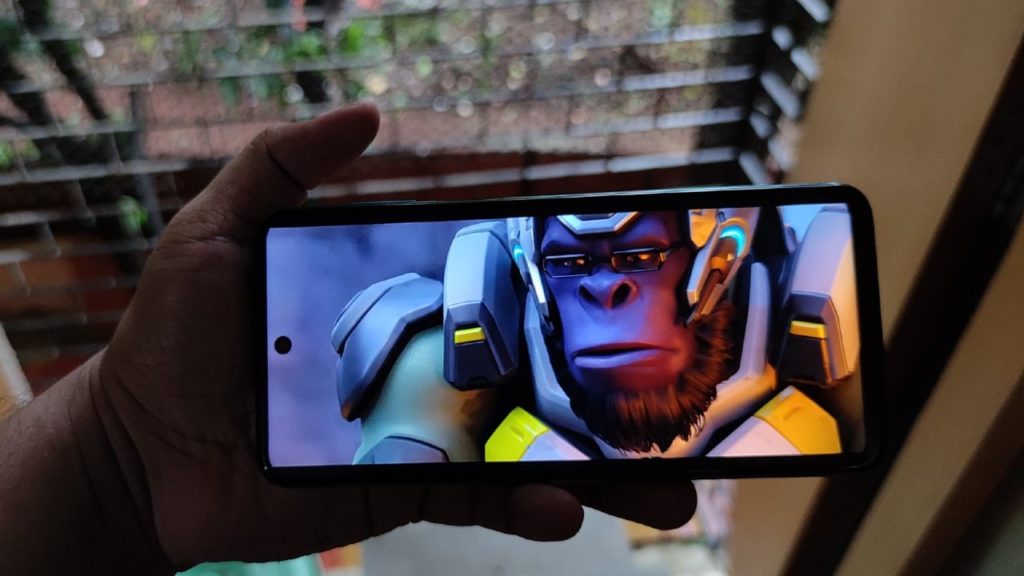
The smartphone has a Qualcomm Snapdragon 720G processor. It is made on a 7-nanometer process technology and uses 8 cores at once. Its feature is improved loading and further optimization of complexly animated games and large applications.
The nuclei are divided into 2 clusters. The first one has a maximum clock frequency of 2.3 GHz (Kryo 465 Gold) and is responsible for displaying 3D and smoothly loading more than 4 applications. This model is perfect for both lovers of simple puzzles and fans of powerful Pubg 9 or WoT. The second cluster took 6 cores with a clock speed of 1.8 GHz (Kryo 465 Silver).
The processor throughput reaches 800 Mb/s.
Another original feature of the Snapdragon 720G is its extraordinary performance. At the moment, only 30% of the chips have this function.What is its essence? The ability to build processes by complexity and importance to prevent failures.
As for memory, the choice is small. Depending on the price, users can choose combinations: 64/4 GB, 64/6 GB and 128/6 GB. On the one hand, the brand has provided opportunities for those who can get by with a small amount of memory at a lower price, as well as for game fans. On the other hand, the internal memory is limited to 5 overall applications, and here you have to choose.
autonomy
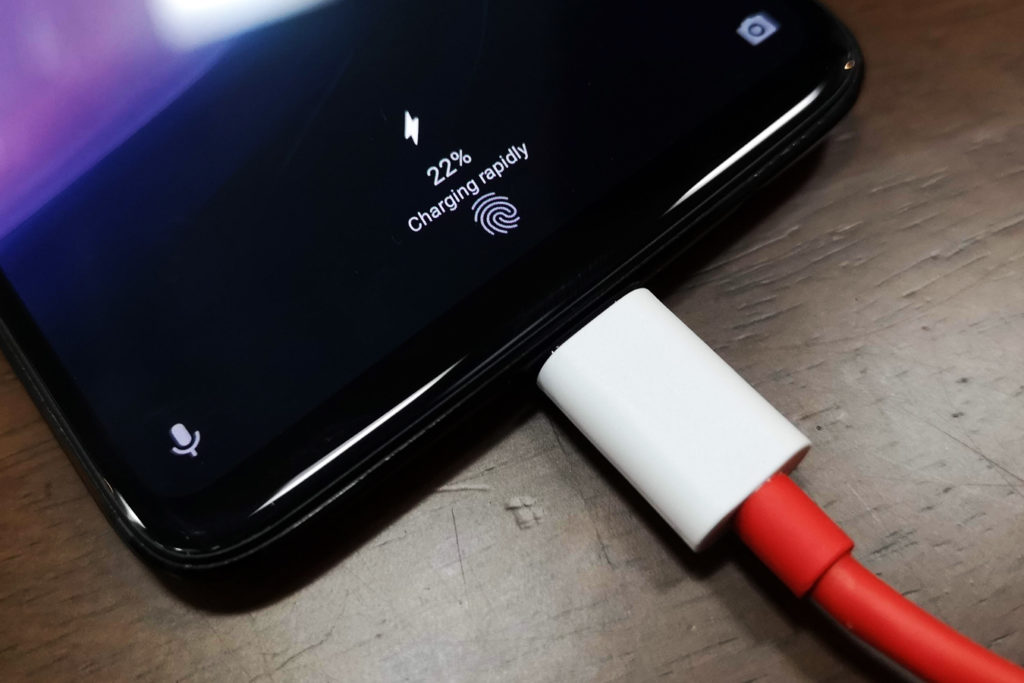
Xiaomi did not blunder with the battery either. The capacity was 5000 mAh. With a value above average (4000 mAh), the smartphone will last 24 hours without recharging. This is with Wi-Fi or data transfer turned on. During gameplay, the battery will steadily decrease by 2% every 15-20 minutes. The total amount of time for games is 7 hours. In standby mode - 4 days.
The autonomy of Xiaomi Poco M2 Pro has been supplemented with a 33-volt Fast charging function. Thus, the model confidently holds a charge, and in emergency situations replenishes energy in a short time (up to 60% in 30 minutes).
Camera
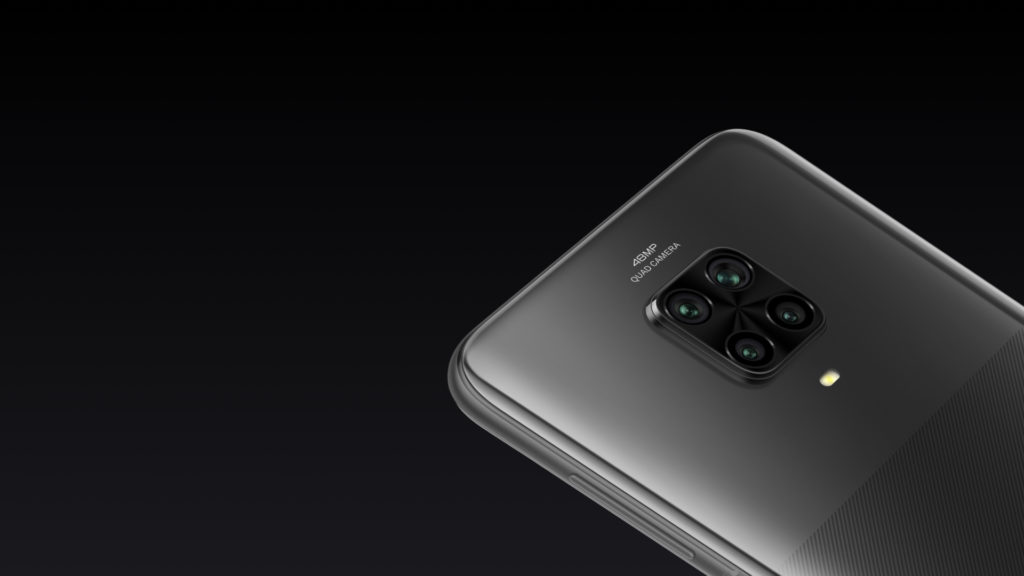
Despite the fact that the M2 Pro is a copy of the Redmi Note 9 Pro, the quality of the cameras has decreased by 24 units. Now the main camera is 48 MP, with an aperture of f / 1.8 and a zoom of 26 mm. In the presented photo of the background, you can see the possibilities of color reproduction. Brightness and contrast are preserved even in cloudy weather. The fragment with flowers does not ripple, every leaf is visible.
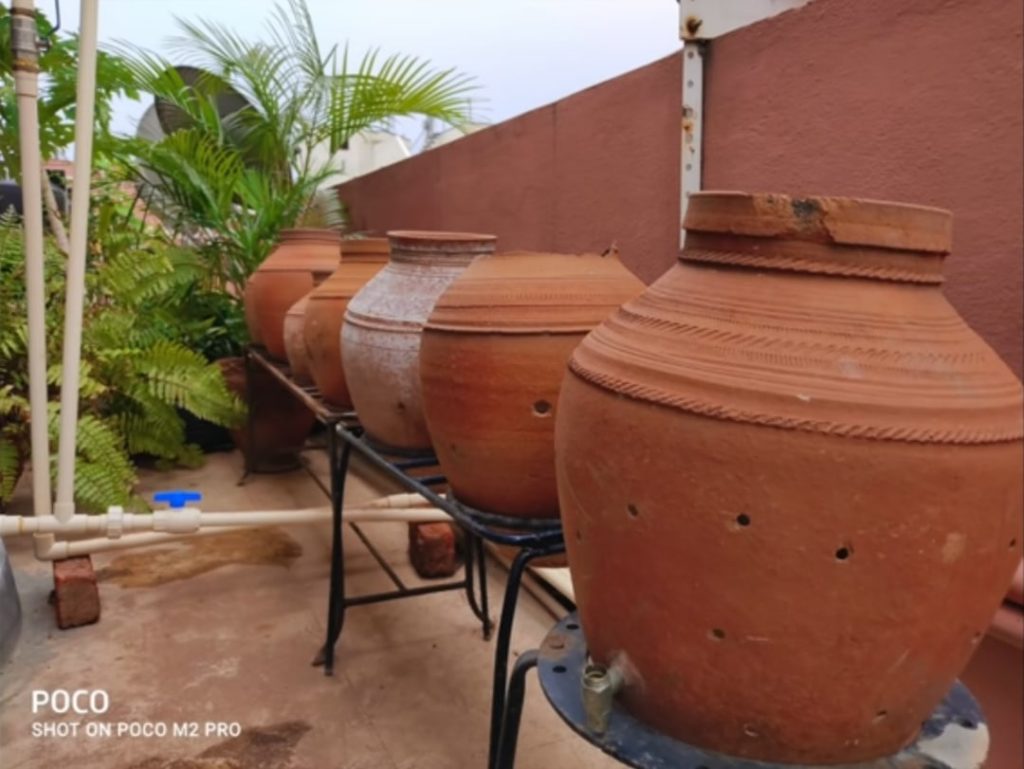
The second lens is 8 MP and has a wide viewing angle of 119 degrees. Suitable for shooting video in 16:9 format (modes can also be adjusted). With the filing of OS 10, it becomes possible to create a panorama, slow-mo, adjust HDR saturation, place geotagging, etc.
Also, the main camera can record video in 720/1080/4K quality with stabilization.This option fully competes with budget special devices and is suitable for study.
Two additional lenses of 5 and 2 MP are auxiliary to adjust the frame and take macro shots. You can see them in action in the next picture. Weaving is worked out in detail here, while the rest of the objects have not lost their color and clarity.

The front camera received - 16 MP. As well as many modes, such as shooting "square", full screen mode, live focus, anti-aliasing effects, tone, eye size.
Advantages and disadvantages
- Big screen;
- Beautiful colors, design;
- Lots of features;
- Convenient setting;
- Nimble chipset for games;
- Capacitive battery;
- Large slot for SIM cards;
- Regular system updates (OS 10);
- Non-staining materials;
- Case included.
- Fragile screen;
- Massive phone, uncomfortable to hold in hand.
Outcome
Like the April smartphone Redmi Note 9 Pro, this model has collected the most important features in 2020. Users get a fast processor, high-quality camera, large screen and beautiful design for $170. Xiaomi Poco M2 Pro is suitable for almost all age categories. Surely like the purchase of teenagers and young people. Large display, icons and font will appeal to the older generation. However, such a large smartphone is not suitable for children under 10 years old because of the weight.
Let's turn to a real review of the new product (from a foreign site):
Among the Redmi Note series, I find this model the most balanced and aesthetically pleasing to the eye. The smartphone is large, but comfortable and secure in the hand. It is easy to handle and of higher quality than other models in this category.
new entries
Categories
Useful
Popular Articles
-

Top ranking of the best and cheapest scooters up to 50cc in 2022
Views: 131652 -

Rating of the best soundproofing materials for an apartment in 2022
Views: 127691 -

Rating of cheap analogues of expensive medicines for flu and colds for 2022
Views: 124519 -

The best men's sneakers in 2022
Views: 124034 -

The Best Complex Vitamins in 2022
Views: 121940 -

Top ranking of the best smartwatches 2022 - price-quality ratio
Views: 114980 -

The best paint for gray hair - top rating 2022
Views: 113396 -

Ranking of the best wood paints for interior work in 2022
Views: 110319 -

Rating of the best spinning reels in 2022
Views: 105330 -

Ranking of the best sex dolls for men for 2022
Views: 104367 -

Ranking of the best action cameras from China in 2022
Views: 102217 -

The most effective calcium preparations for adults and children in 2022
Views: 102011



